Women’s Fashion: A Mirror of Style, Identity, and Cultural Evolution
Fashion has long been more than just clothing—it is a form of self-expression, a cultural statement, and an ever-evolving art. Among the most dynamic aspects of the fashion world is women’s fashion, which has seen dramatic transformations across decades, continents, and movements. From the corseted silhouettes of the 19th century to today’s gender-fluid and eco-conscious designs, women’s fashion reflects not only personal style but also the spirit of the times.
A Brief History of Women’s Fashion
The history of women’s fashion is deeply intertwined with societal roles and cultural shifts. In the early 20th century, fashion was largely about elegance and modesty—long skirts, high collars, and restrictive corsets dominated the landscape.
The 1920s, known as the Roaring Twenties, brought the flapper era: shorter hemlines, bobbed hair, and a rebellious attitude against Victorian norms. This was one of the first times fashion clearly aligned with a movement of social change, reflecting women’s growing desire for freedom and equality.
The decades that followed saw further innovation:
1940s–50s: Wartime simplicity gave way to Dior’s “New Look” with cinched waists and voluminous skirts.
1960s–70s: The rise of youth culture brought bold prints, miniskirts, and bell-bottoms.
1980s: Power dressing became key, with shoulder pads and structured suits representing women’s rise in corporate environments.
1990s–2000s: Minimalism, grunge, and the emergence of fast fashion brands made fashion more accessible and diverse.
Modern Trends in Women’s Fashion
Today, women’s fashion is more fluid, inclusive, and experimental than ever before. Some key trends and movements include:
Sustainability
With growing environmental awareness, sustainable fashion is no longer niche. Eco-friendly materials, slow fashion, and second-hand or upcycled clothing are popular choices.
Inclusivity
Brands are now embracing body positivity and size inclusivity, showcasing diverse body types, skin tones, and abilities in their campaigns and collections.
Street Style and Athleisure
Casual wear has evolved into high fashion. Leggings, sneakers, oversized hoodies, and crop tops are now everyday staples.
Cultural Fusion
Fashion today borrows from various cultures, combining traditional garments with modern design—like sari-inspired gowns, African prints, or kimonos blended into everyday wear.
Digital Influence
Social media, especially Instagram and TikTok, has revolutionized how trends emerge. Influencers, rather than just designers, are now shaping what’s “in.”
Fashion as a Form of Empowerment
Women’s fashion is deeply personal—it allows individuals to express identity, heritage, mood, and power. For many, choosing what to wear is not just about aesthetics but about asserting control over how they present themselves to the world.
Movements like “Dress for Success” or “Wear What You Want” encourage women to use fashion as a tool of empowerment rather than conformity. Whether it’s a business suit, a hijab, ripped jeans, or high heels—each choice is a statement of agency.
Challenges in the Industry
Despite progress, the fashion industry is still grappling with:
Unrealistic beauty standards
Cultural appropriation vs. appreciation
Labor exploitation in fast fashion supply chains
These issues have sparked conversations about ethics, diversity, and responsibility, pushing brands to do better and consumers to make more informed choices.
Conclusion
Women’s fashion is a living, breathing canvas that captures the essence of each era. It’s bold, beautiful, political, and deeply personal. As we move into the future, the focus is shifting toward authenticity, sustainability, and inclusivity, marking a powerful new chapter in the story of fashion.
Whether on the runway or the street, in a power suit or a sundress, fashion continues to be one of the most powerful ways for women to tell their stories—without saying a word.




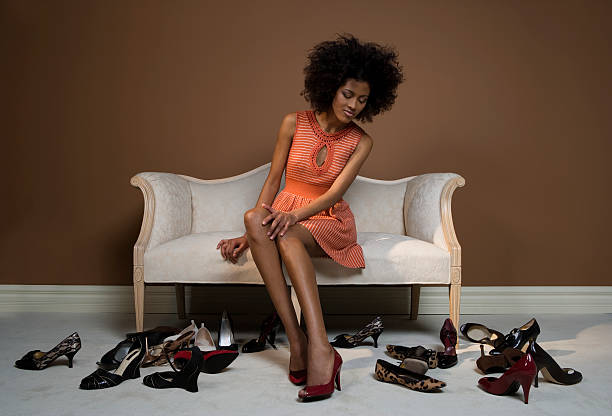
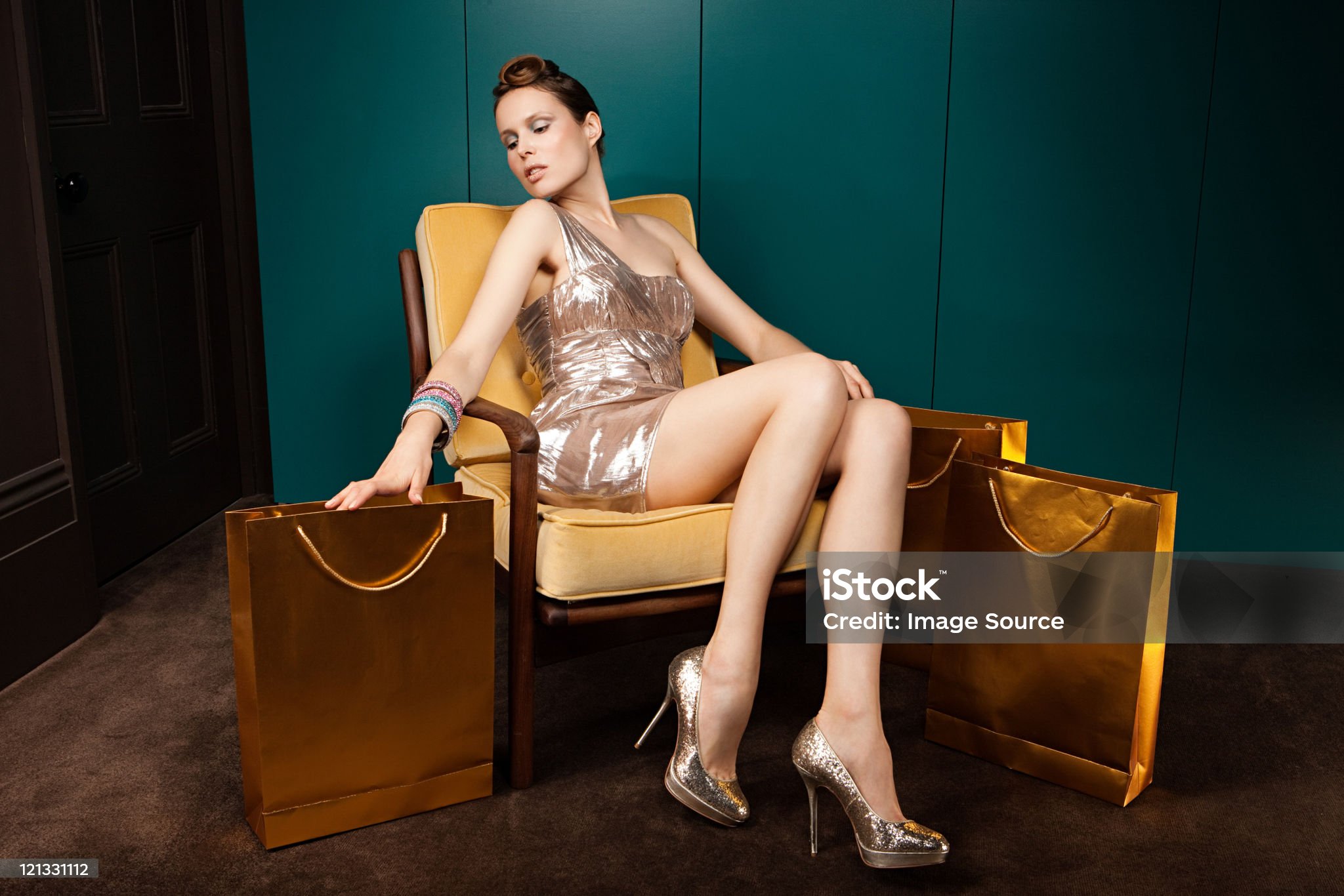
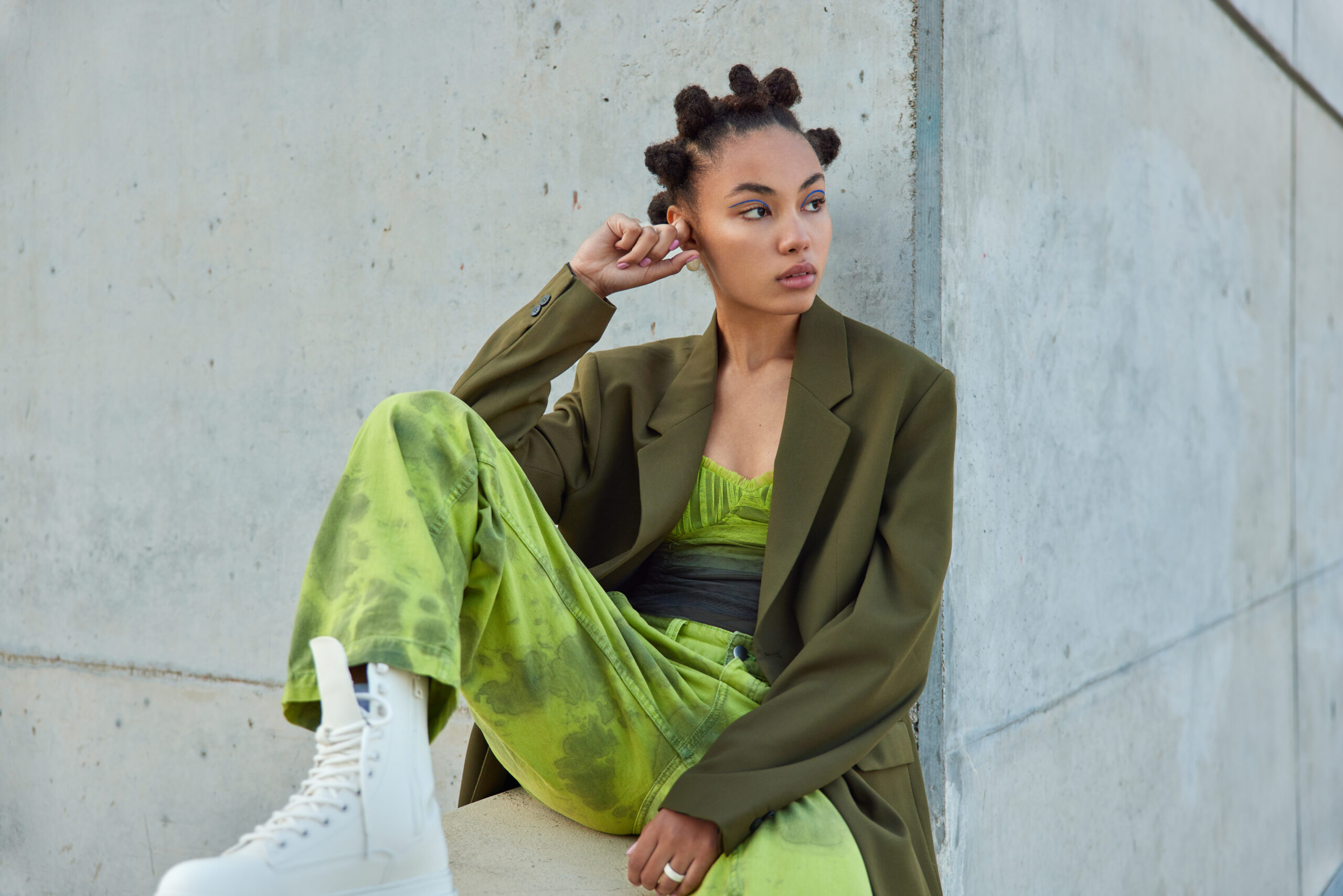

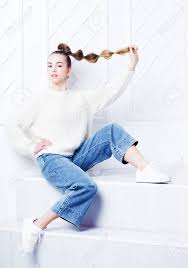
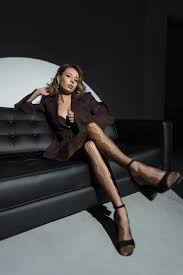
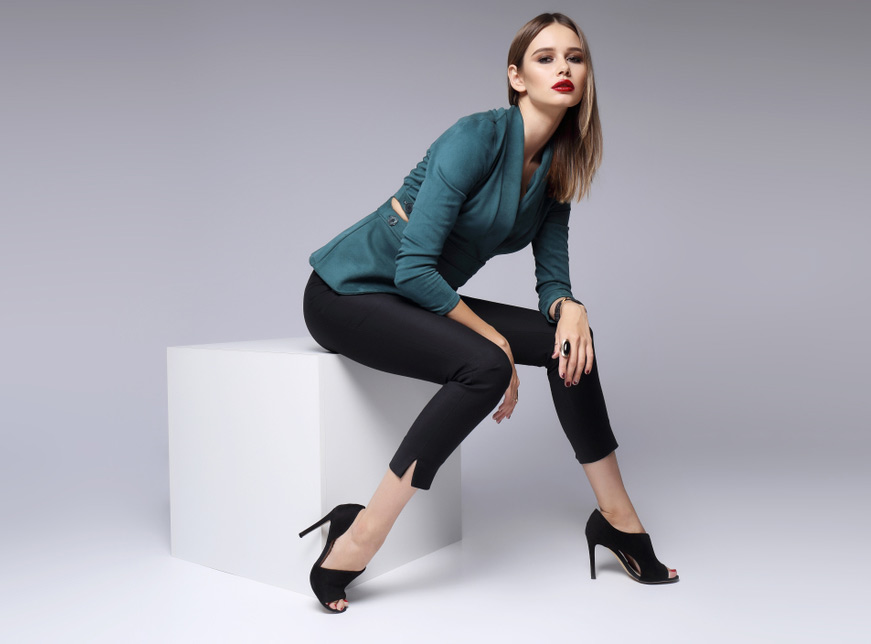
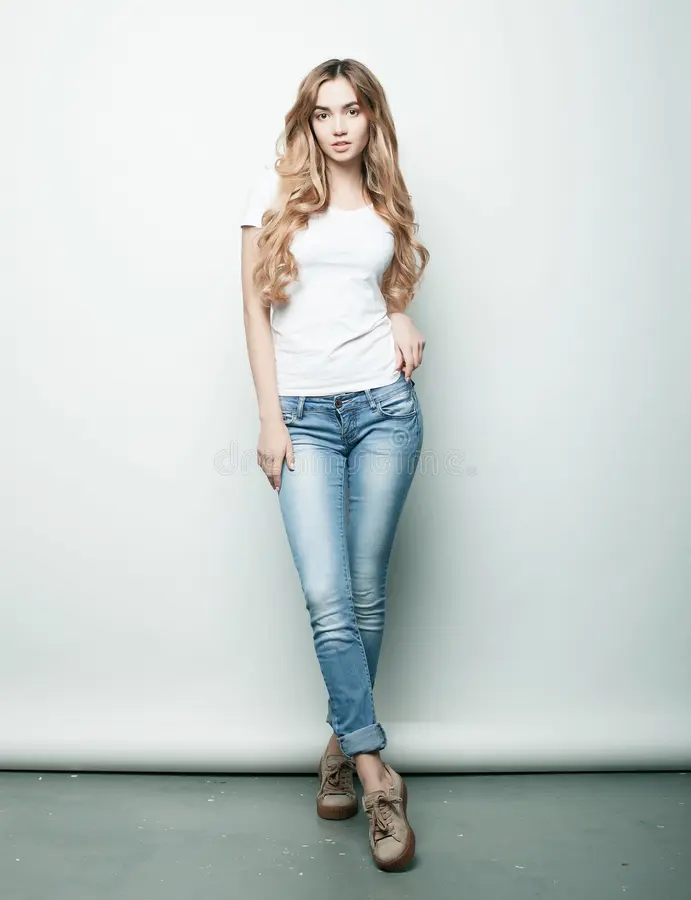

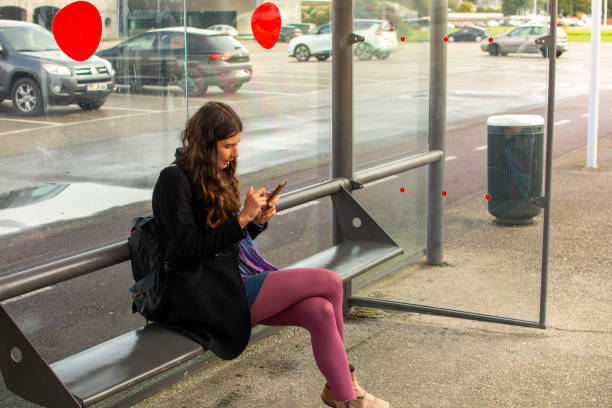
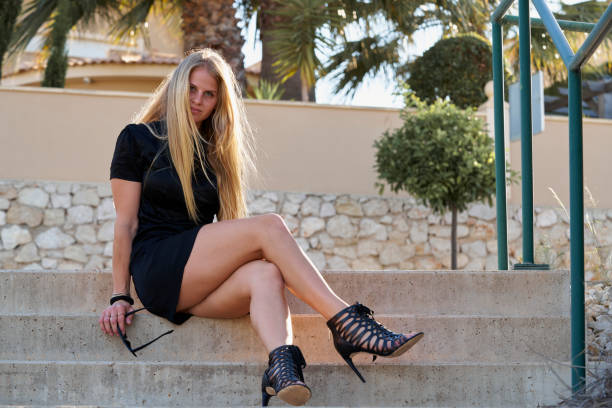


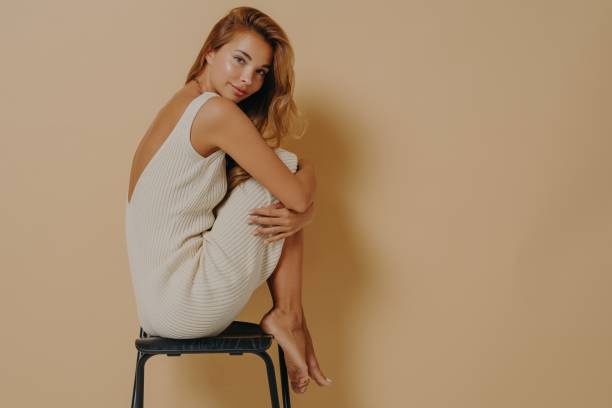
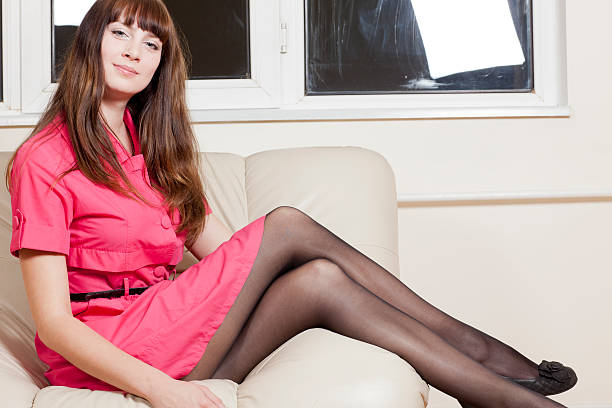

Reviews
There are no reviews yet.